A Glossary of Every Royal Word You Need to Know
Prepping you for what could be. 👑
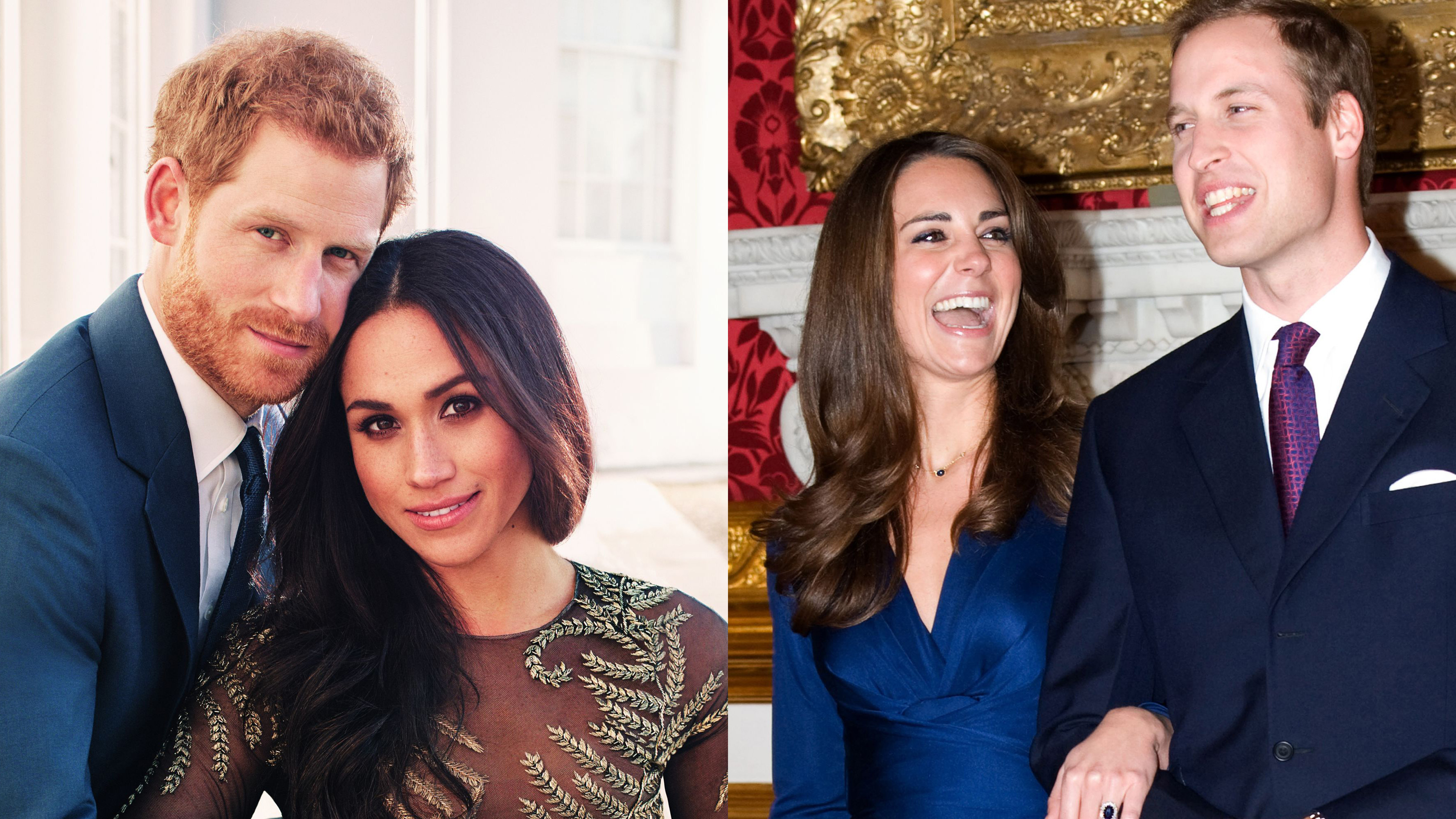
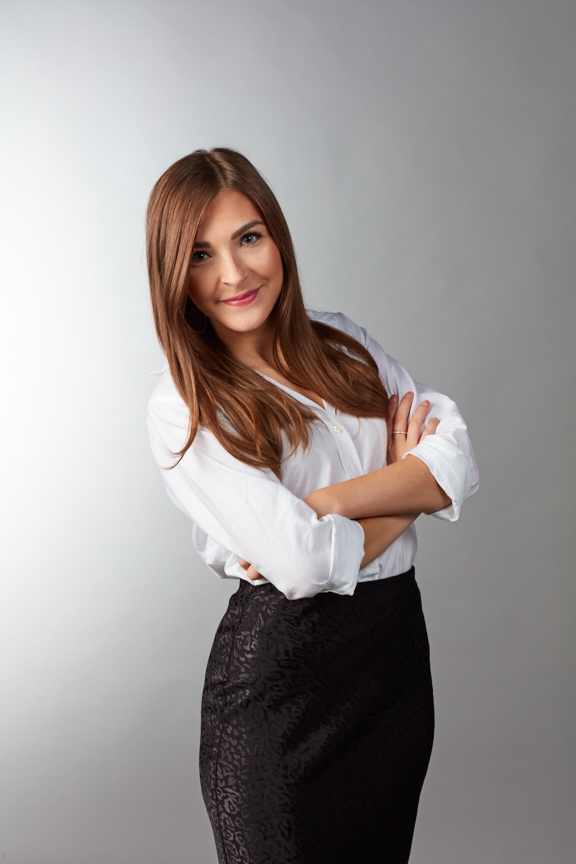
If you're planning to become royalty one day—and thankfully we know that *can* happen now (thank you Kate Middleton and Meghan Markle)—you'll need to know everything about their lingo. And we wouldn't be the first to tell you that there's a lot to learn—it can get pretty confusing. Lucky for you, we've create a glossary of all the titles, words, phrases, and family history you'd need to know. Grab your tiara and get to studying before you meet Her Majesty.
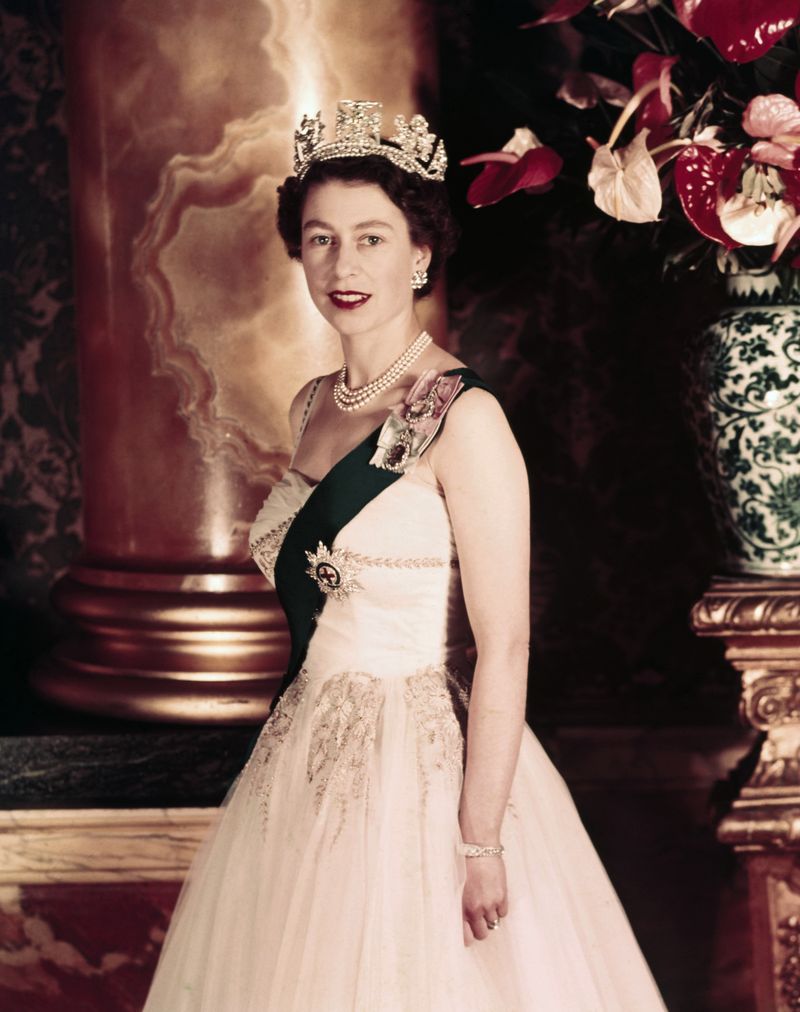
Queen
Queen: The title given to the reigning monarch if that monarch is a woman.
Queen Elizabeth II is the obvious example here. Elizabeth became the Queen of England upon her father’s death in February 1952 as she was the rightful heir to the throne.
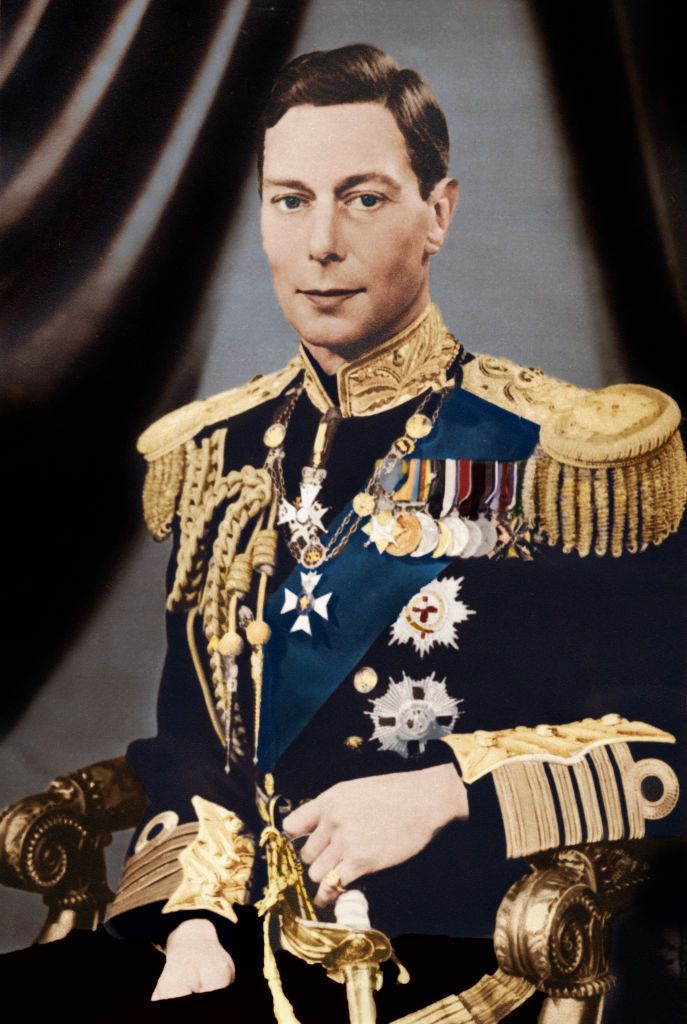
King
King: The title given to the reigning monarch if that monarch is a man.
Pictured here is King George VI, who was the father of Queen Elizabeth II and Princess Margaret. He was originally second in line to the throne, preceded by his brother King Edward VIII who abdicated it to marry a two-time divorcee, Wallis Simpson.
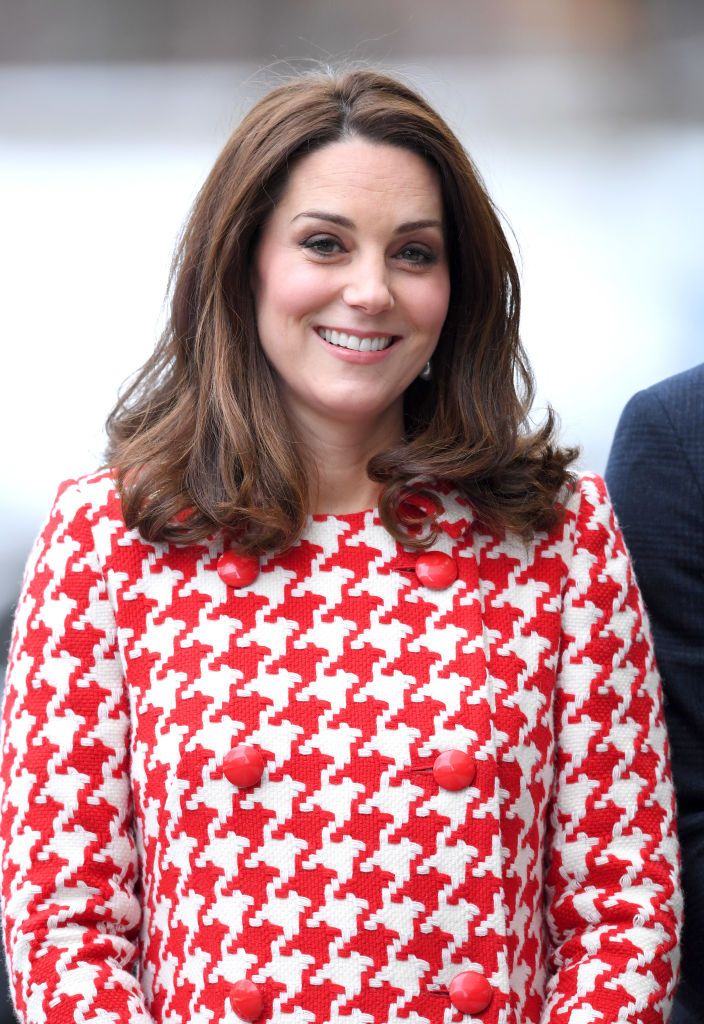
Queen Consort
Queen Consort: The title given to the wife of a King.
Kate Middleton, who is currently the Duchess of Cambridge, will receive this title should Prince William take the throne in the future.
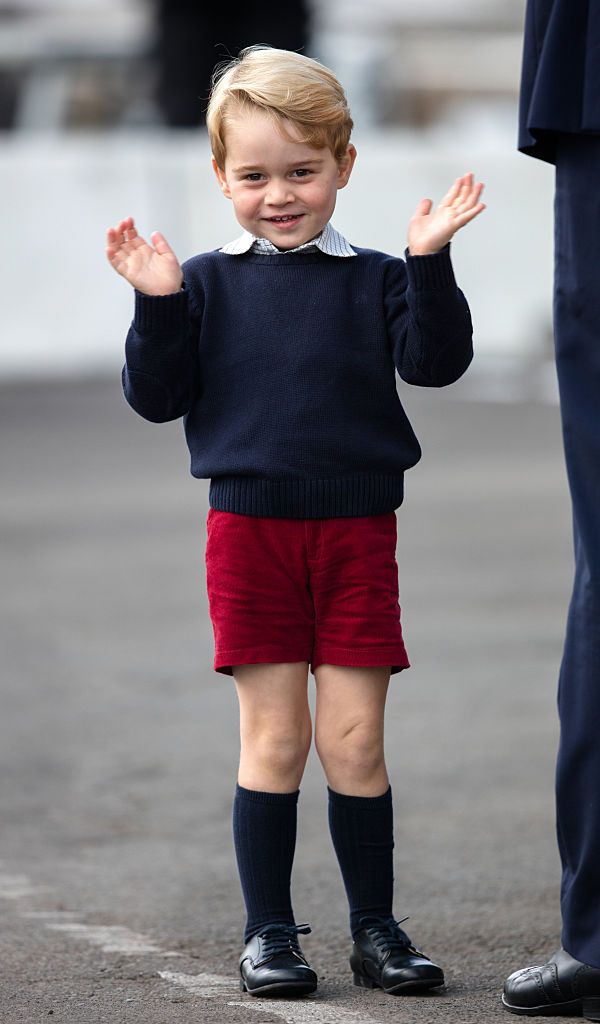
Prince
Prince: A title given to the husband of a reigning queen, and to the sons and grandsons of the sons of a reigning monarch.
Wow, confusing...right? Only grandchildren born to the sons of the reigning monarch are given the title prince or princess (see next slide). So, little George is a prince because his grandfather is a son of the queen. But then Queen Elizabeth's husband, Philip, Duke of Edinburgh, is also a prince (technically prince consort) by marriage.

Princess
Princess: The title given to the daughters and granddaughters of the sons a reigning monarch.
Charlotte is one of three great-granddaughters to the queen, but the only one with a princess title. The queen has three sons—Charles, Andrew, and Edward—and only their children, grandchildren, and so forth can be given the titles of Prince or Princess. This means Peter Phillips and Zara Tindall, the children of Princess Anne (given the upgraded title, Princess Royal) do not have royal titles, nor do their kids.
Kate is technically a princess by marriage (HRH Princess William of Wales—think of it like a last name) but she will never be referred to as "Princess Kate."
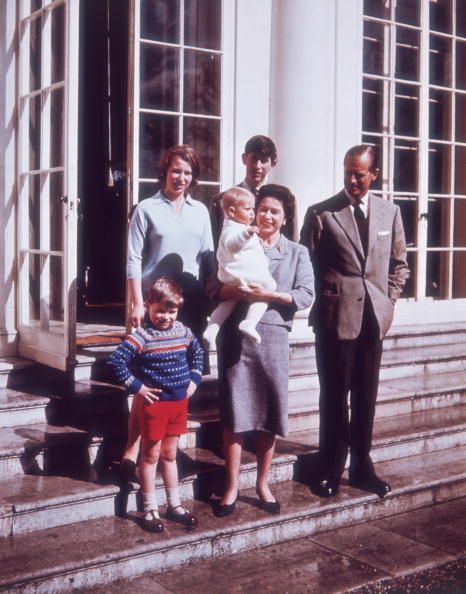
Peerage
Peerage: A title or ranking of peers.
Peer of the Realm: A person who hold one or more of five possible titles, whether inherited by ancestry or given to them by the monarch.
In British peerage, the rankings after King and Queen are as follows: Duke, Marquess, Earl, Viscount, Baron. It is possible to hold more than one title. Take for example Prince William, who was given the title Duke of Cambridge after marrying Kate Middleton.
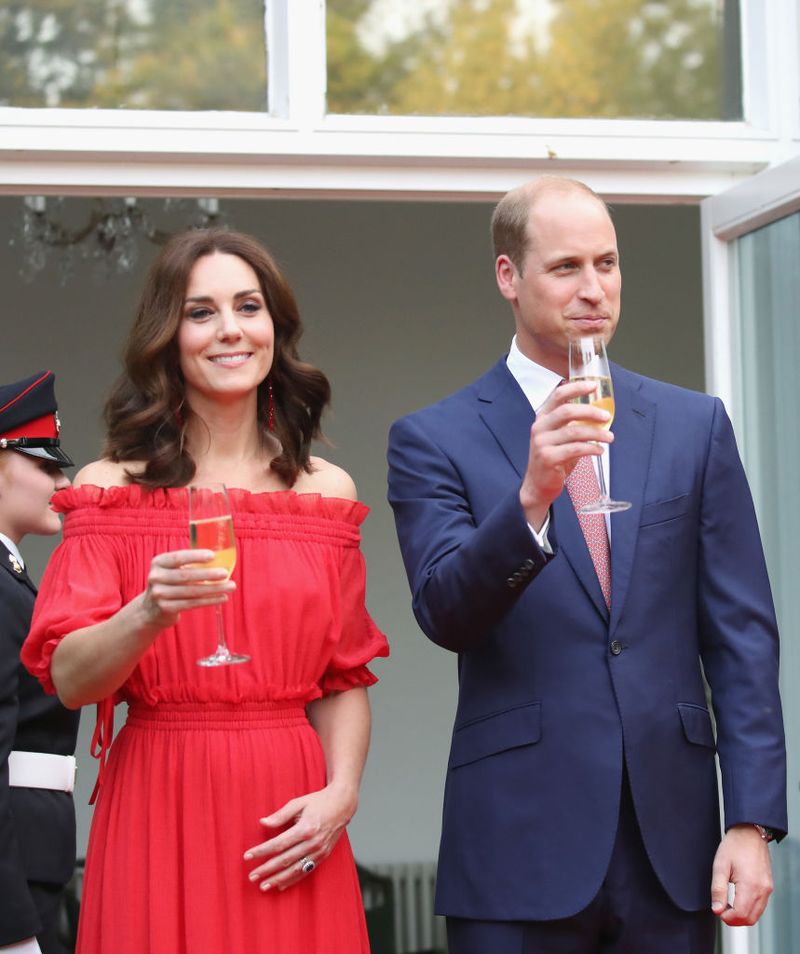
Duke/Duchess
Duke: The highest, most exclusive ranking of five degrees after King or Queen.
Duchess: The wife of a duke, or the female title of the highest ranking.
When Kate and William were married, they were given the titles Duke and Duchess of Cambridge by the queen. William still holds the title Prince, but Kate did not receive the title Princess.
NOTE: The second highest ranking in British peerage is Marquess/Marchioness, but it is never given as a Royal title.
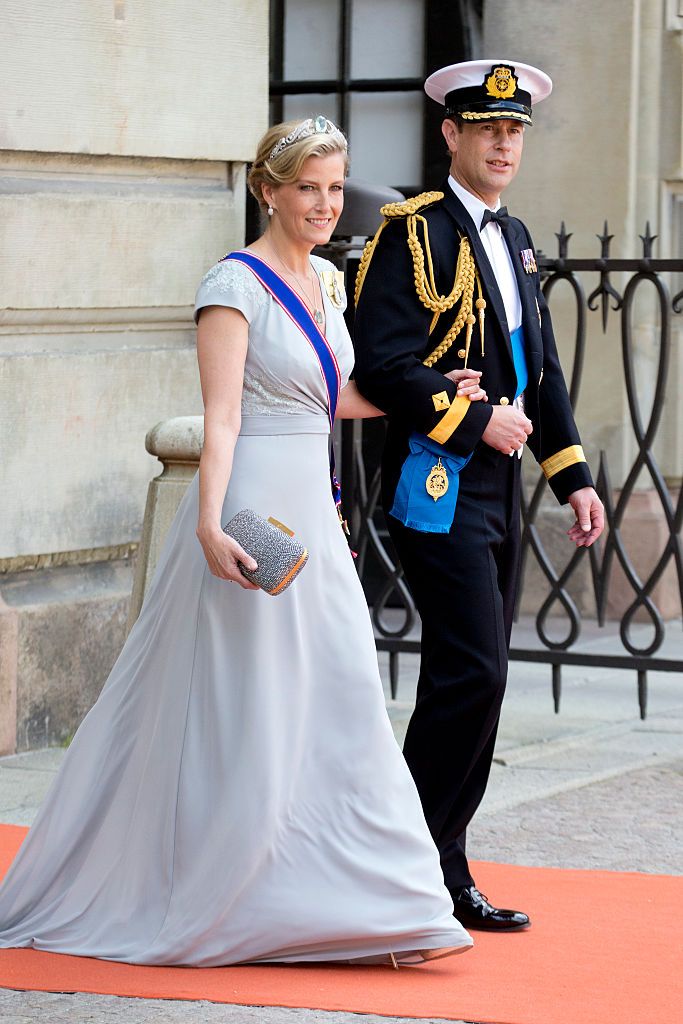
Earl
Earl: The third highest ranking in the British peerage.
Countess: The wife of a an earl, or female title for the third highest ranking.
Queen Elizabeth's youngest son, Prince Edward, is the only son to be given Earl as a title. When he and Sophie married, they became the Earl and Countess of Wessex. Supposedly Prince Edward chose his secondary title because of its connotations to his favorite film, Shakespeare in Love.
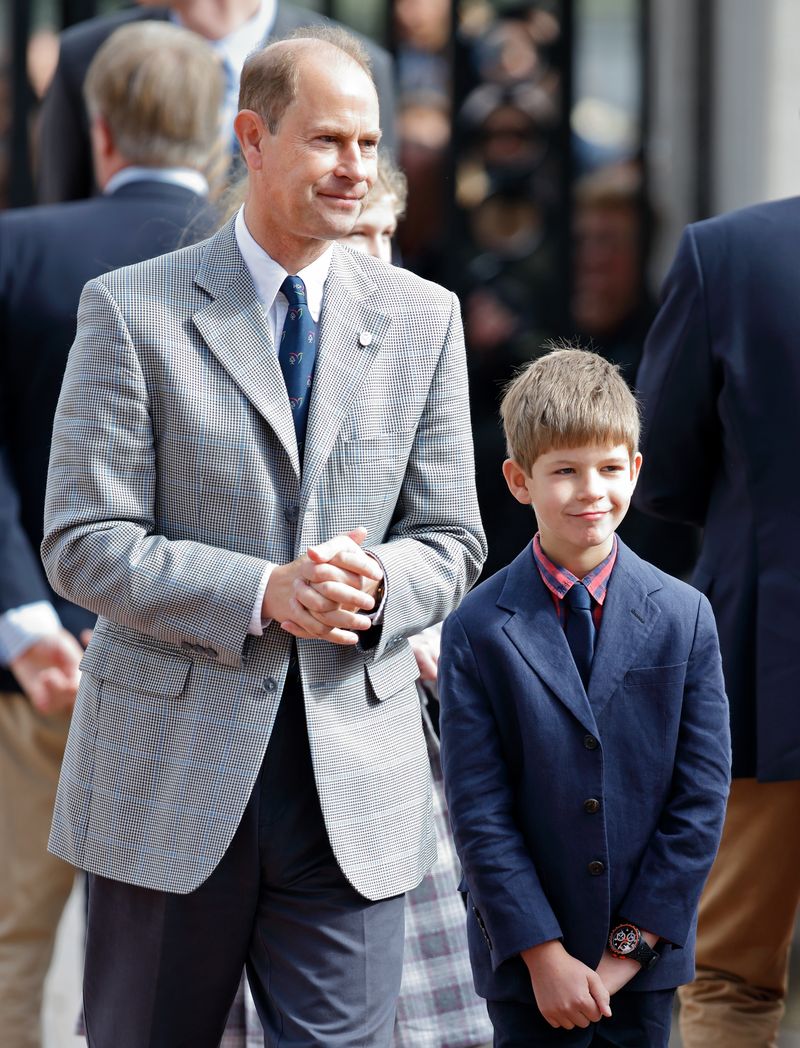
Viscount
Viscount: The fourth highest ranking in the British peerage.
Prince Edward and Sophie's son James was given the title of Viscount at birth as it is the customary title below Earl. He is known as Lord Severn or James, Viscount Severn.
NOTE: Baron is the fifth and final rank of the peerage. There are no royal barons at this time.
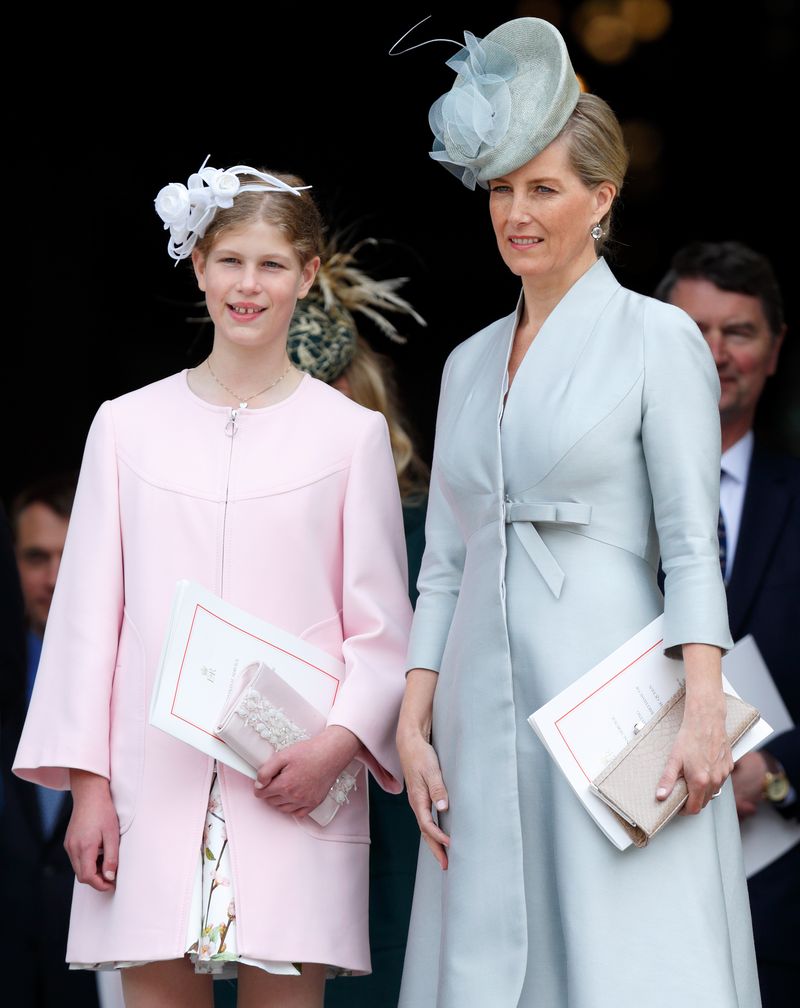
Courtesy Titles
Courtesy Titles: A form of address used in by the children and close relatives or peers. This style is "‘by courtesy’ in the sense that the users do not themselves hold their own titles.
Lady Louise Windsor is the daughter of the Earl and Countess of Wessex (Edward and Sophie). She was given a courtesy title at birth. Both children would have been given the titles prince and princess had their father taken the title of Duke. There was speculation around giving their children lower titles to lessen the burden of being royalty.
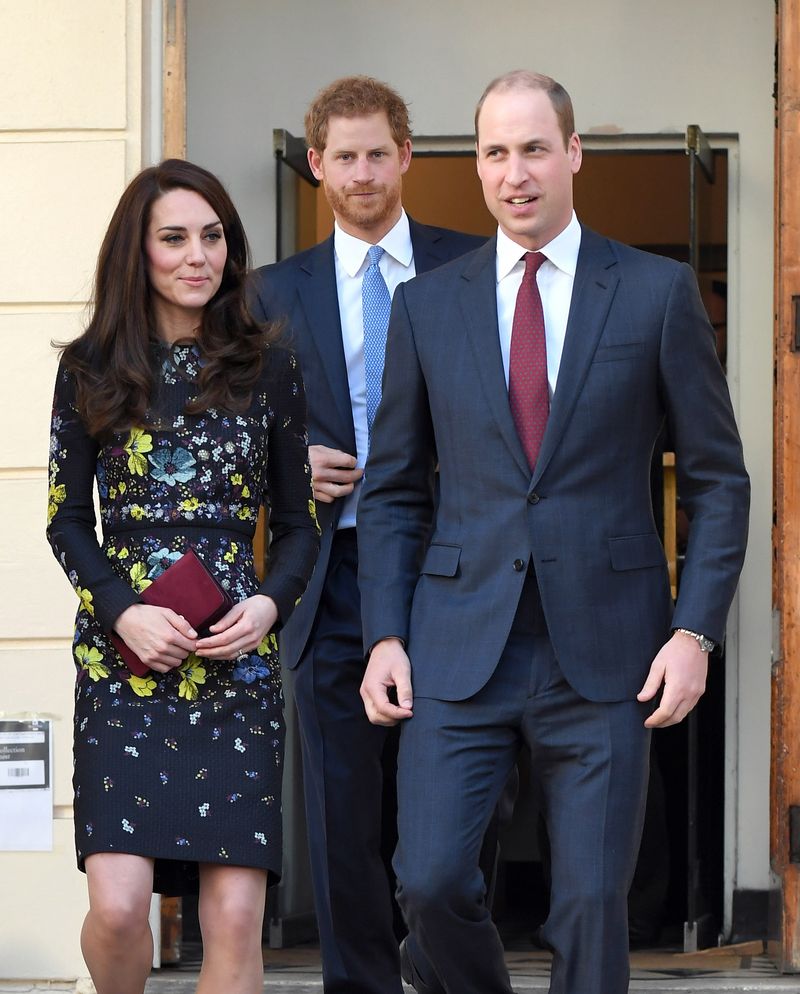
HRH
HRH: Stands for "His/Her Royal Highness."
TRH: Stands for "Their Royal Highnesses."
Meghan Markle will join the crew and become an HRH when she marries Prince Harry.
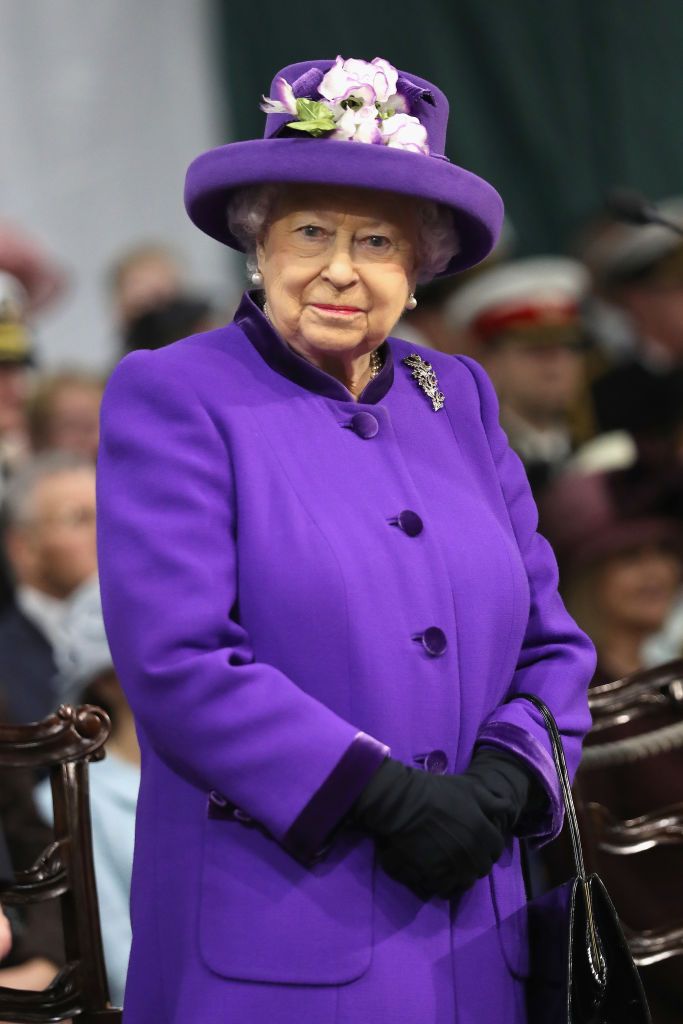
HM
HM: Stands for "Her Majesty."
If you ever meet the queen, never refer to her as HRH. She is always to be called Her Majesty.
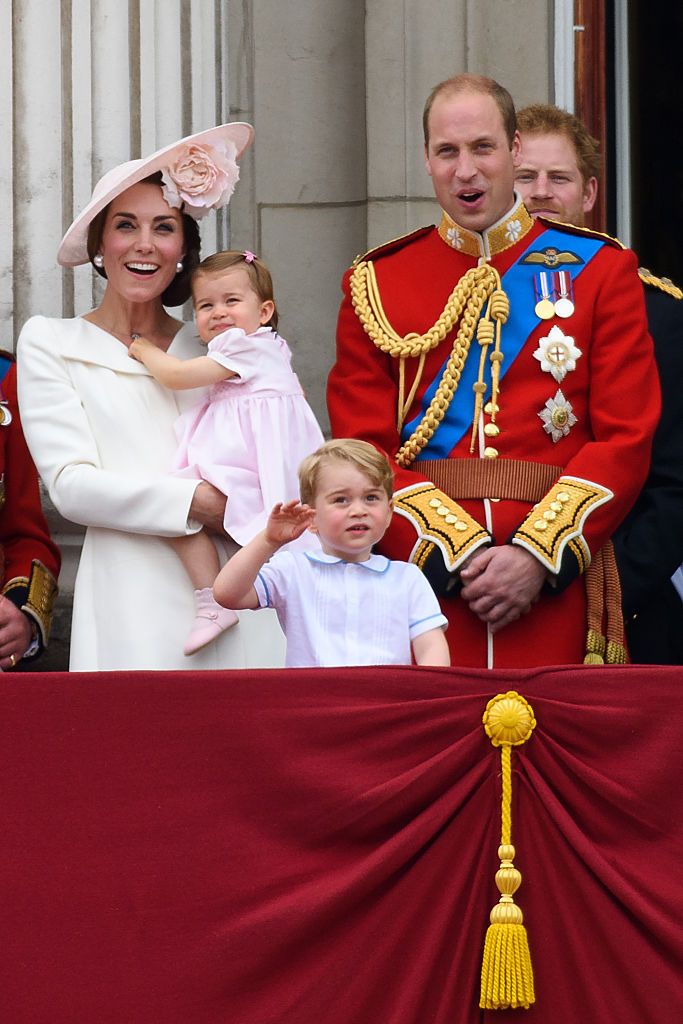
Succession
Succession: The sequence of members of the Royal Family in the order in which they stand in line to the throne, regulated by descent and Parliamentary statue.
1st in Line — Prince Charles, Duke of Wales
2nd in Line — Prince William, Duke of Cambridge
3rd in Line — Prince George
4th in Line — Princess Charlotte
FUN FACT: Princess Charlotte would not have been in line for the throne if it weren't for a Succession to the Crown Act that passed in 2013 that said princes not longer take precedence over their sisters.
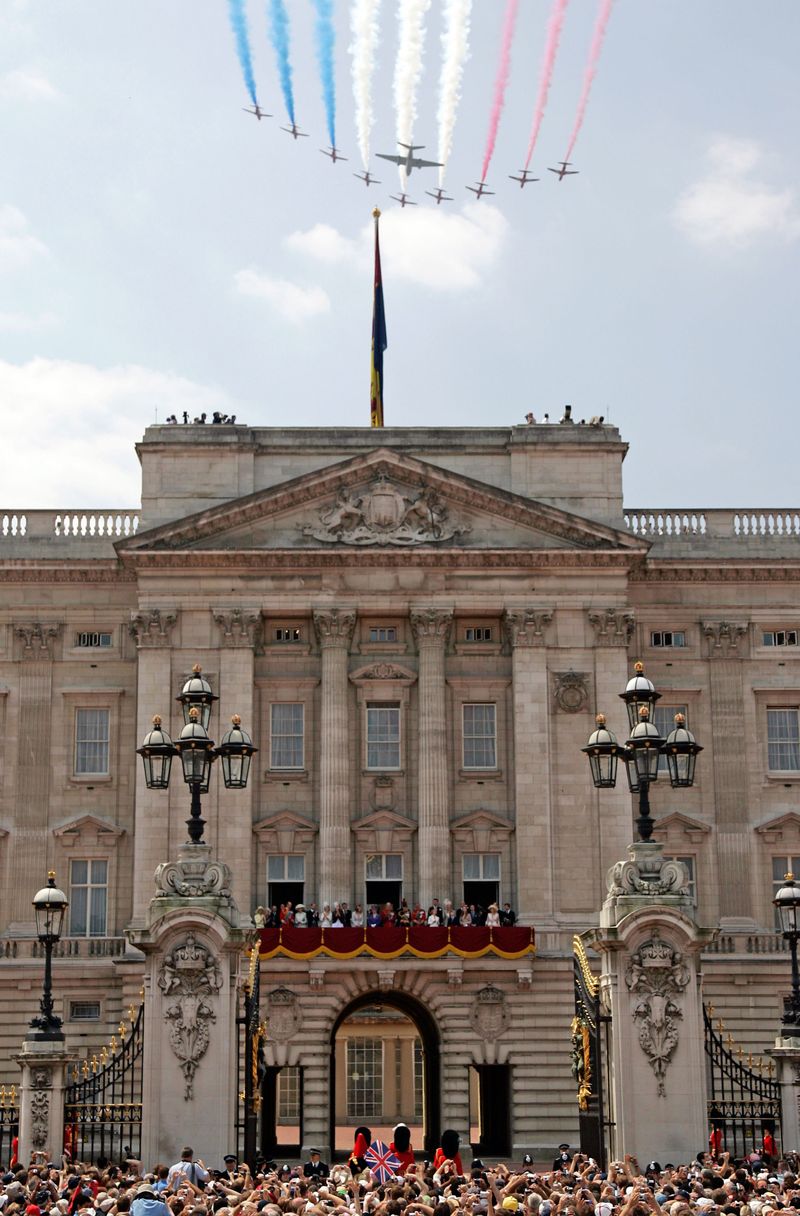
Buckingham Palace
Buckingham Palace: Home to the Queen Elizabeth and Prince Philip, Duke of Edinburgh.
The palace has been the home of all sovereigns to reign England since 1837. Buckingham Palace has 775 rooms, including 19 State rooms, 52 Royal and guest bedrooms, 188 staff bedrooms, 92 offices, and 78 bathrooms.
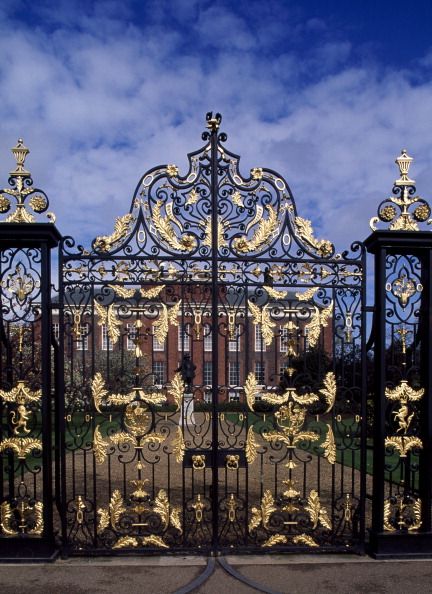
Kensington Palace
Kensington Palace: It serves as a home for lots of the royal family, and is even a museum open to the public.
Who Lives Here: The Duke and Duchess of Cambridge, Prince Harry (and soon to be Meghan Markle), Prince and Princess Michael of Kent, the Duke and Duchess of Kent, the Duke and Duchess of Gloucester, and Princess Eugenie.
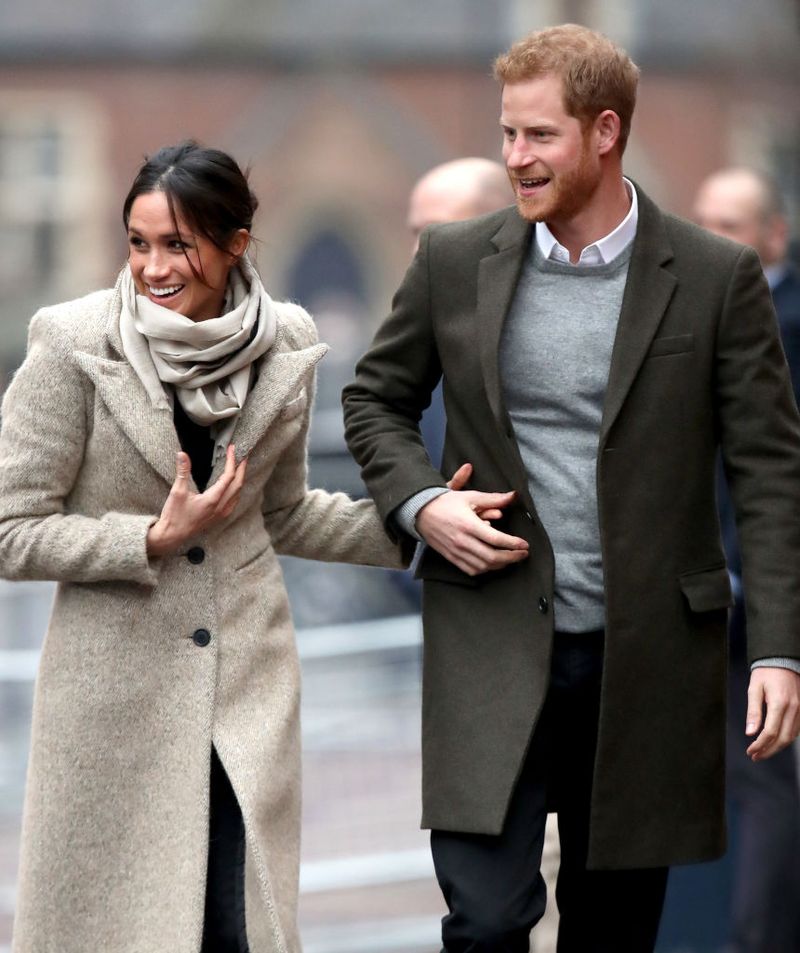
Nottingham Cottage
Nottingham Cottage: A small 1,300-square-foot, two-bedroom apartment in Kensington Palace.
Let it be known that this is the place where Prince Harry proposed to Meghan Markle over cooking a roast chicken. The cottage is located in Kensington Palace.
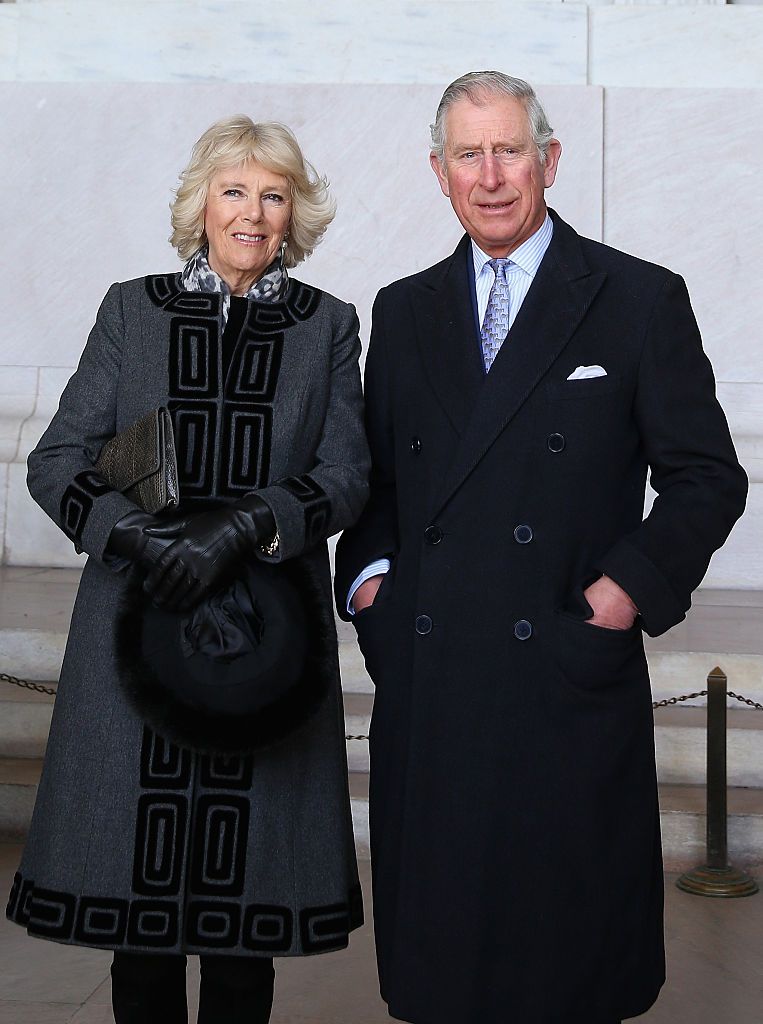
Clarence House
Clarence House: The official residence of Prince Charles and Camilla.
It also houses offices for staff members of TRH (you know what that means now!). Clarence House was previously the home to Queen Elizabeth The Queen Mother from 1953 to 2002.
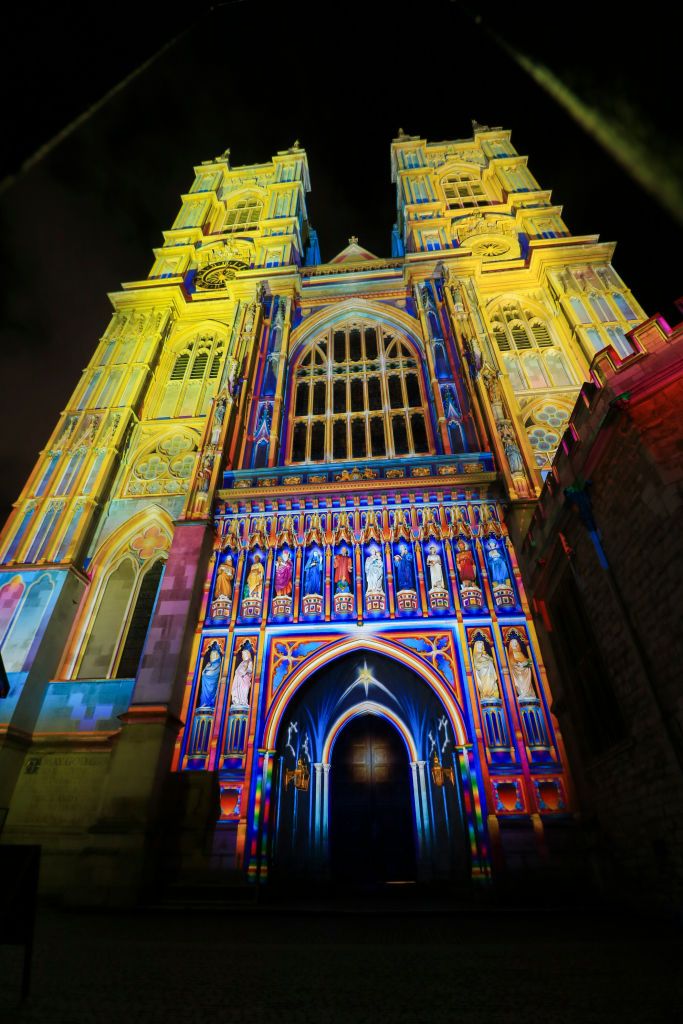
Westminster Abbey
Westminster Abbey: A London church, significant for royal coronations, weddings, funerals, and other national ceremonies. (It's also known as the Collegiate Church of St. Peter.)
It was the place where Elizabeth was crowned Queen of England in 1953, the place where Princess Diana's funeral was held, and the place where Prince William and Kate Middleton got married.
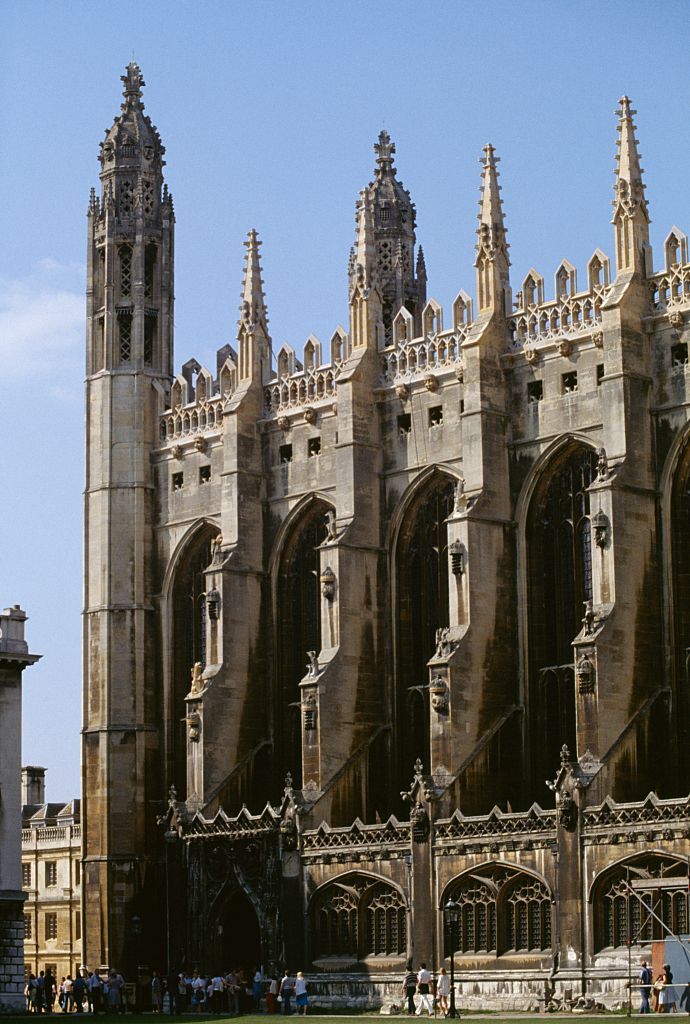
Windsor Castle
Windsor Castle: The oldest occupied palace sits in Berkshire, just west of London.
Meghan Markle will marry Prince Harry in Windsor Castle on May 19. It is also a place where Queen Elizabeth II hosts state dinners and spends all of her weekends.
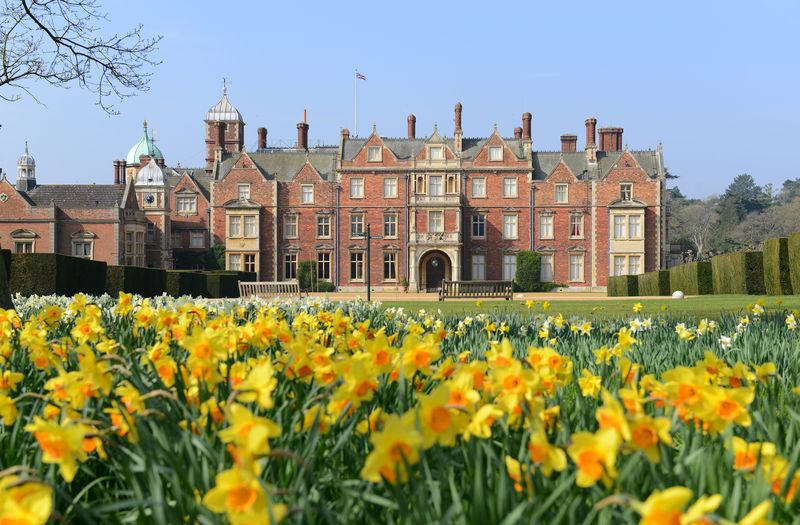
Sandringham Estate
Sandringham Estate: Owned by the royal family, it is the personal home of Queen Elizabeth II and Prince Philip.
The Queen typically spends Christmas at the estate with the entire royal family. The Duke of Edinburgh is responsible for the upkeep of the estate.
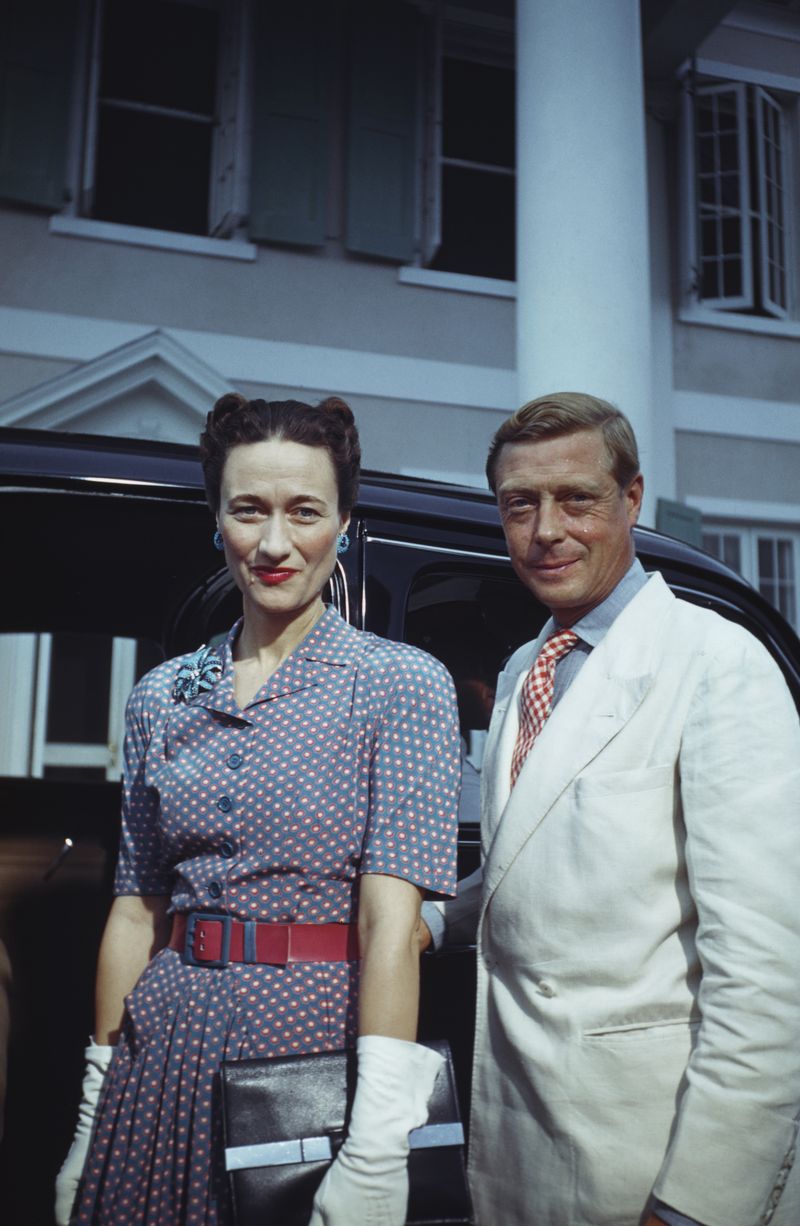
Abdicate
Abdicate: To give up or step down from a position of power as a monarch.
Edward VIII (AKA The Queen's uncle), was the rightful heir to the throne, but he gave up the throne to marry Wallis Simpson, a woman who'd been divorced twice. This scandal changed the entire line of succession, ultimately determining that a young Elizabeth would become Queen of England one day.

Commonwealth
Commonwealth: A group of people organized under a political system in which the power lies in the body of citizens.
Commoner: An ordinary person that holds no title or rank.
Before she was engaged to Prince Harry, Meghan Markle was a commoner, just like us (well, expect for the fact that she was the star of the TV show Suits).
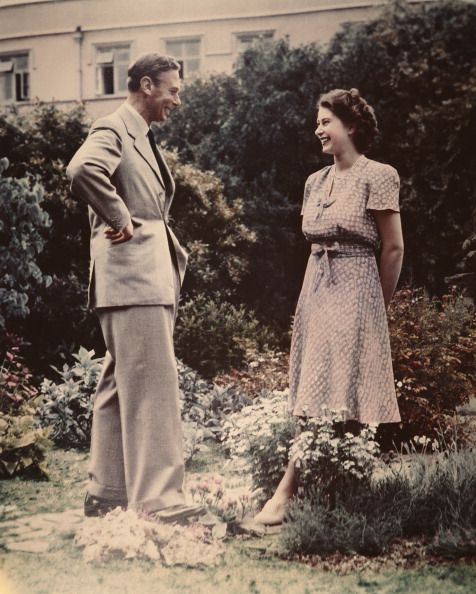
Interregnum
Interregnum: The period between the reign of two leaders.
After King George VII died in February 1952, Elizabeth became Queen. But her official coronation wasn't until June of 1953.
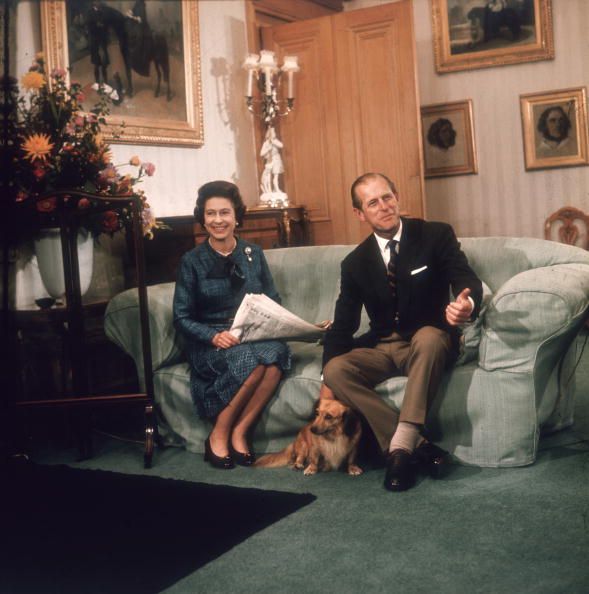
Sofa
Sofa: The term used for a settee or a couch.
Drawing/Sitting Rooms: The phrase used for a living room.
Lavatory: The term used for bathroom, toilet, or even ladies room.
These are a few words and phrases used in British high society, that truly stand out as royal terminology.
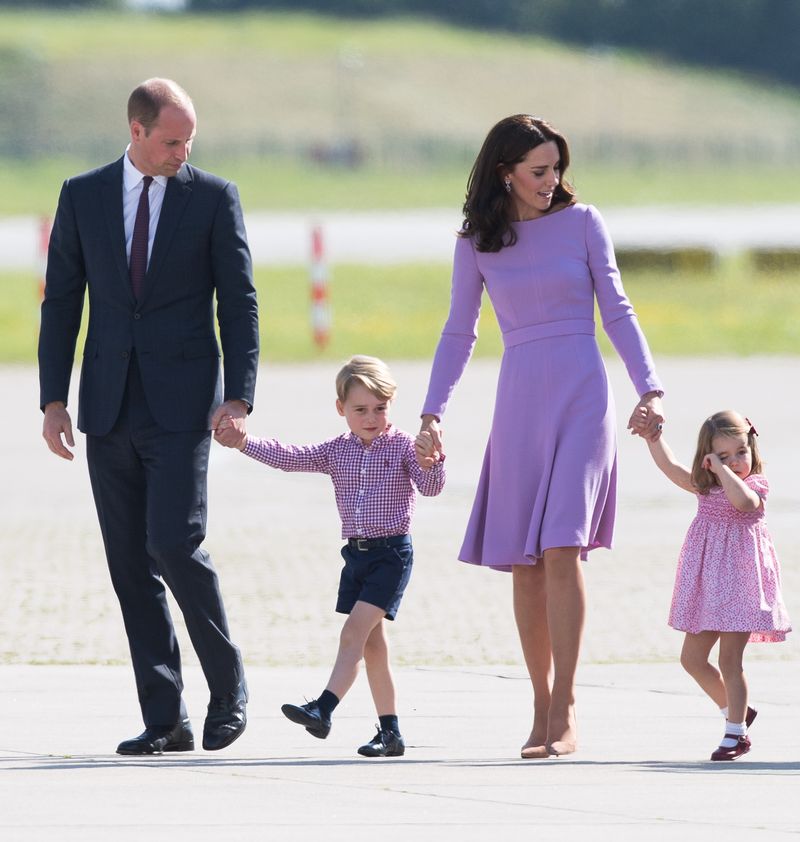
Mummy
Mummy: The term used for the mother or mom.
Daddy: The term used for father or dad.
The every day British person refer to their parents as "mum and dad." But reportedly the royals call them "mummy and daddy."

Scent
Scent: The term used for perfume.
Princess Diana's favorite scent was Quelques Fleurs, "a floral scent featuring notes of tuberose, rose, and jasmine."
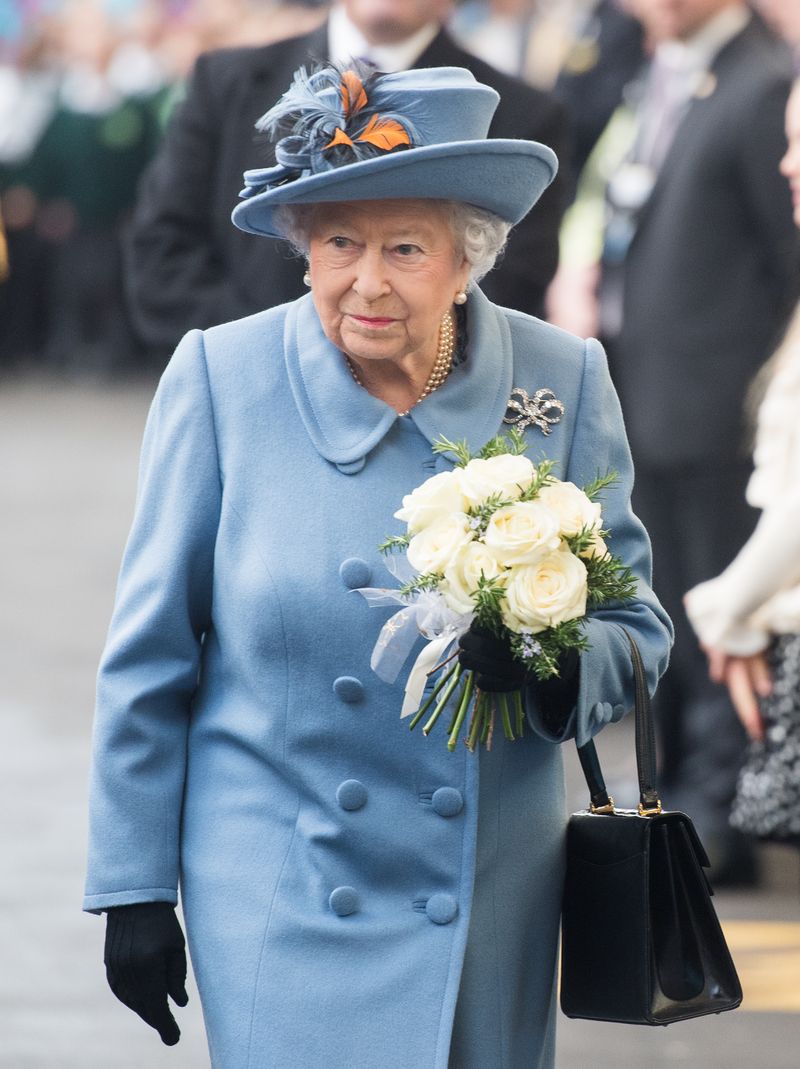
Sovereign
Sovereign: A supreme ruler or leader, especially a monarch.
Letters Patent: An open letter from the monarch in which peerage titles are given.
Queen Elizabeth II is the sovereign and she delivers the letters patent, decreeing who gets what title.
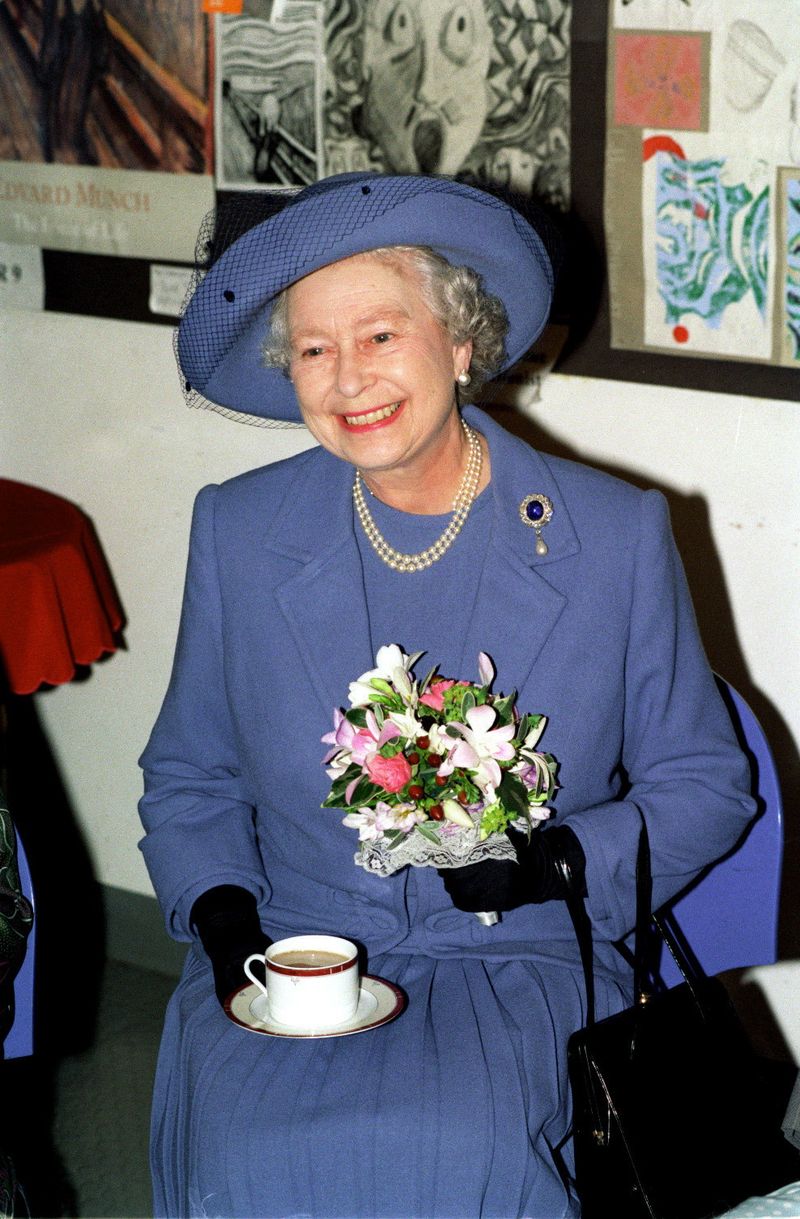
Tea
Tea: This is a BANNED word in the royal family.
Despite our preconceived notions about the royal family "having tea" all the time, they prefer to say "supper" or "dinner."
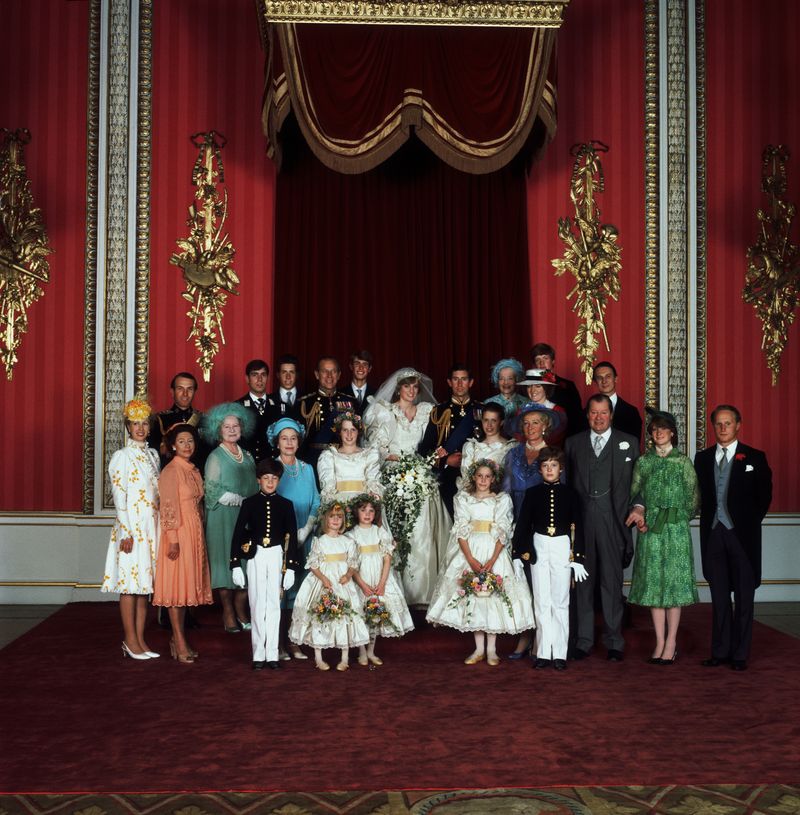
Last Name
Last Name: Mountbatten-Winsdor or House of Windsor, depending on a person's peerage ranking.
The royal family doesn't technically use a last name—but they do have a few options. King George V (Elizabeth's grandfather) was the first to give the royals a surname, which was "House of Windsor" after the family's property, Windsor Castle. In 1960, Queen Elizabeth decreed all descents would carry the name Mountbatten-Windsor. Mountbatten was the last name of Prince Philip.
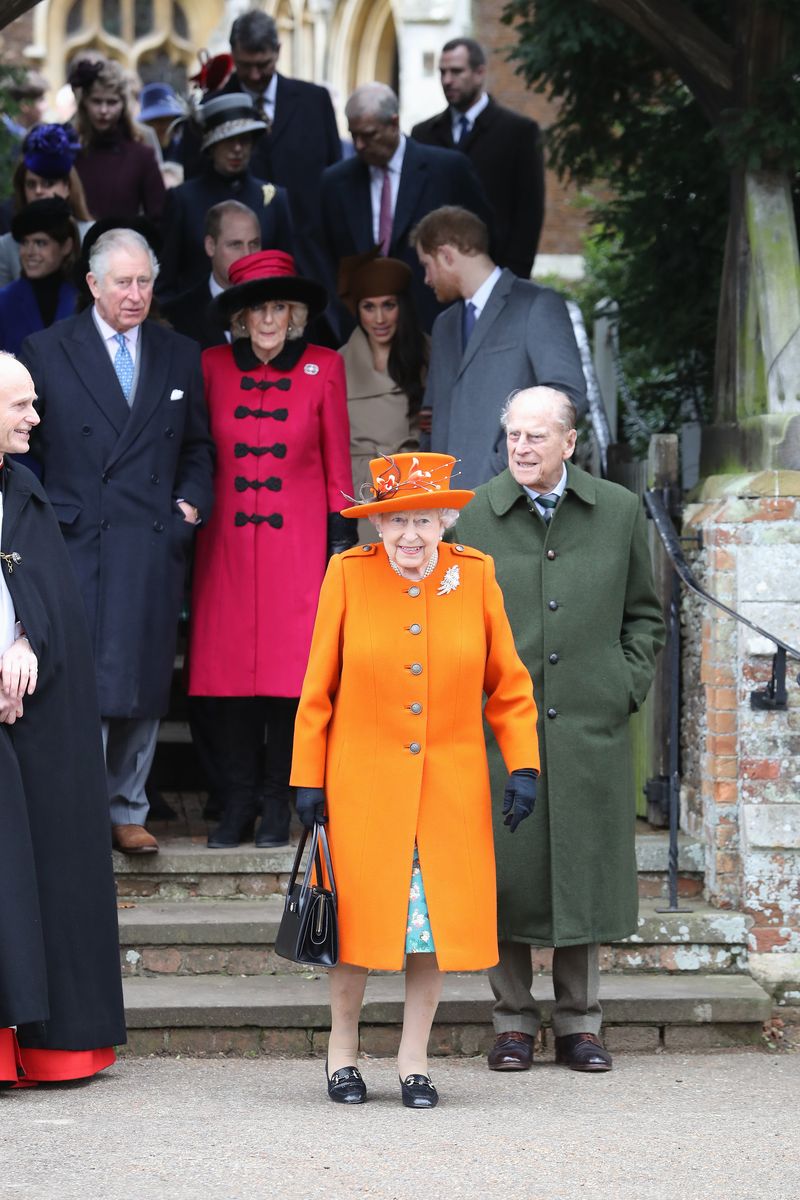
Royal Marriages Act
Royal Marriages Act: A royal member of the family cannot marry without the consent of the reigning monarch.
Set in place by King George II in 1772, the act has since changed to only the first six in line to the throne needing permission from the monarch. Even once his new niece or nephew is born, hat'll still include Prince Harry who would be sixth in line. Lucky for Meghan Markle, the Queen approves.
Stay In The Know
Get exclusive access to fashion and beauty trends, hot-off-the-press celebrity news, and more.

I’m currently working at Dotdash Meredith as the Celeb & Entertainment E-Commerce Lead contributing affiliate content for People.com and InStyle.com. I’m basically like your personal shopper, from writing about that cozy loungewear set you didn’t know you needed to keeping tabs on the best sales and deals on the internet. I’m also a pro at finding affordable dupes for celebrity looks and I love to dig into the data to strategize content opportunities.
-
 What to Know About the Cast of 'Resident Playbook,' Which Is Sure to Be Your Next Medical Drama Obsession
What to Know About the Cast of 'Resident Playbook,' Which Is Sure to Be Your Next Medical Drama ObsessionThe spinoff of the hit K-drama 'Hospital Playlist' features several young actors as first-year OB-GYN residents.
By Quinci LeGardye
-
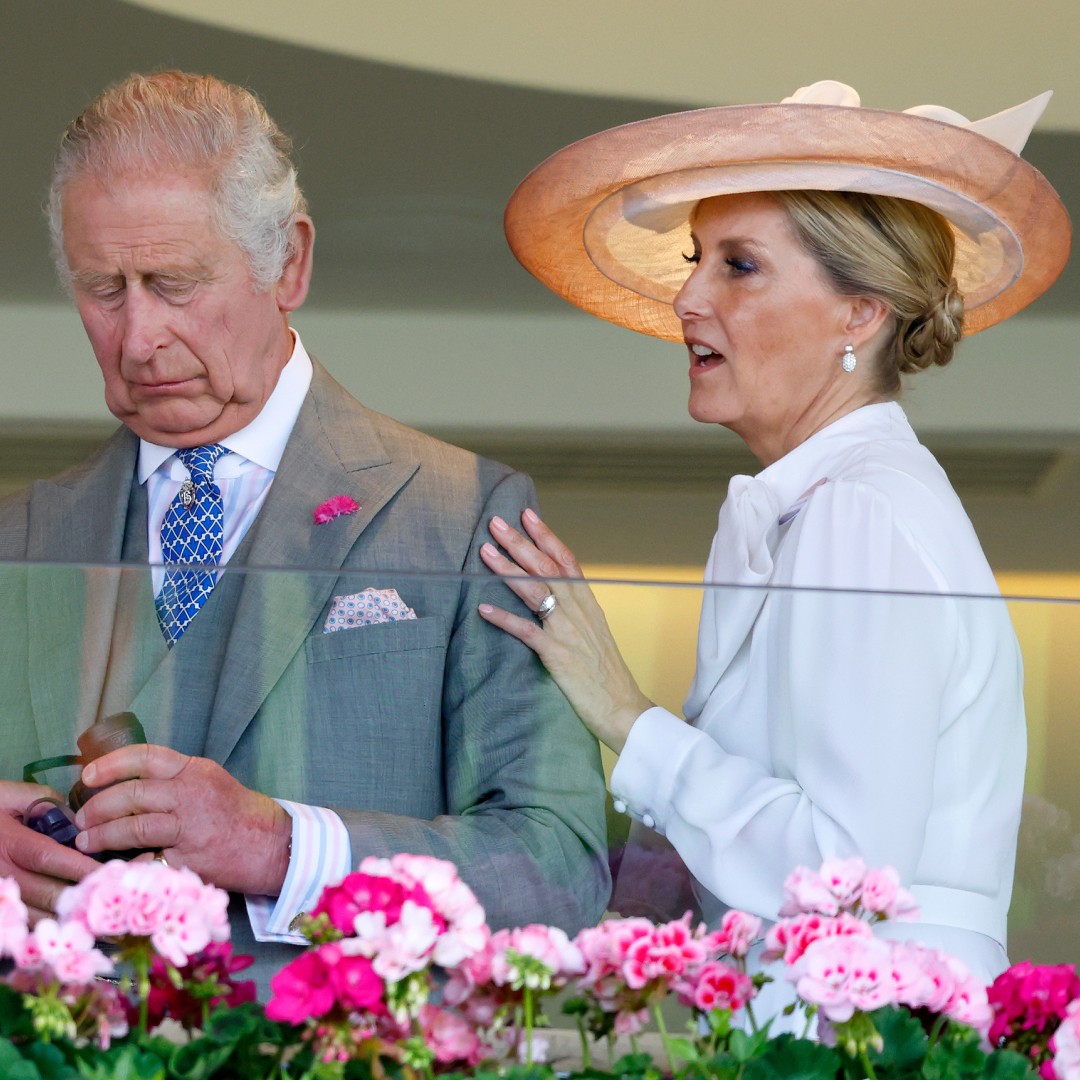 Duchess Sophie Stepped Up to Represent King Charles at Event Amid Calls for King Charles to "Slow Down"
Duchess Sophie Stepped Up to Represent King Charles at Event Amid Calls for King Charles to "Slow Down"The Duchess of Edinburgh filled in for The King at the Royal Military Academy Sandhurst.
By Kristin Contino
-
 See the Top-Scoring WNBA Draft Looks
See the Top-Scoring WNBA Draft LooksThis year's rookie class came to win.
By Halie LeSavage
-
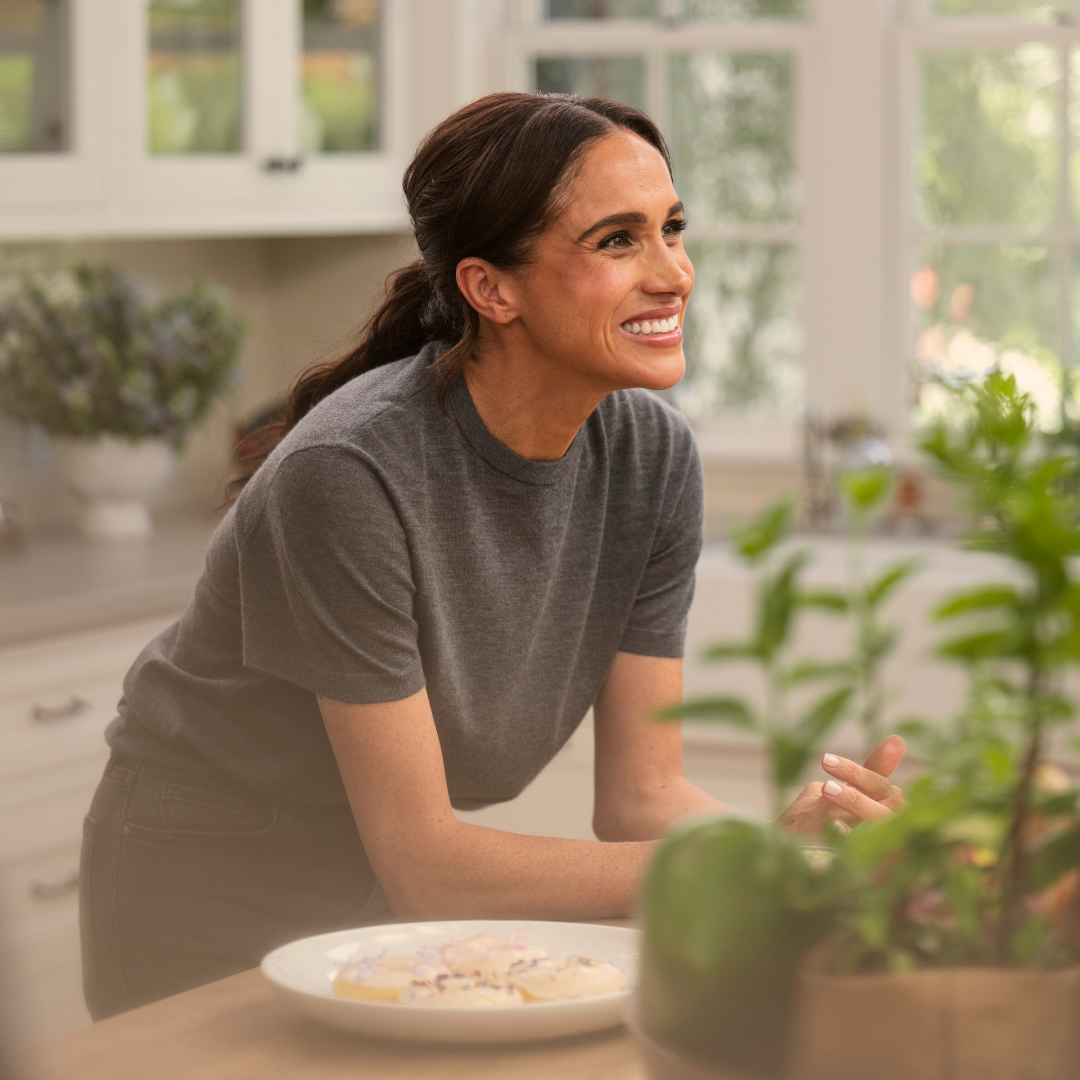 'With Love, Meghan' Season 2: Everything We Know
'With Love, Meghan' Season 2: Everything We KnowGet ready for more recipes and crafts from the Duchess of Sussex.
By Quinci LeGardye
-
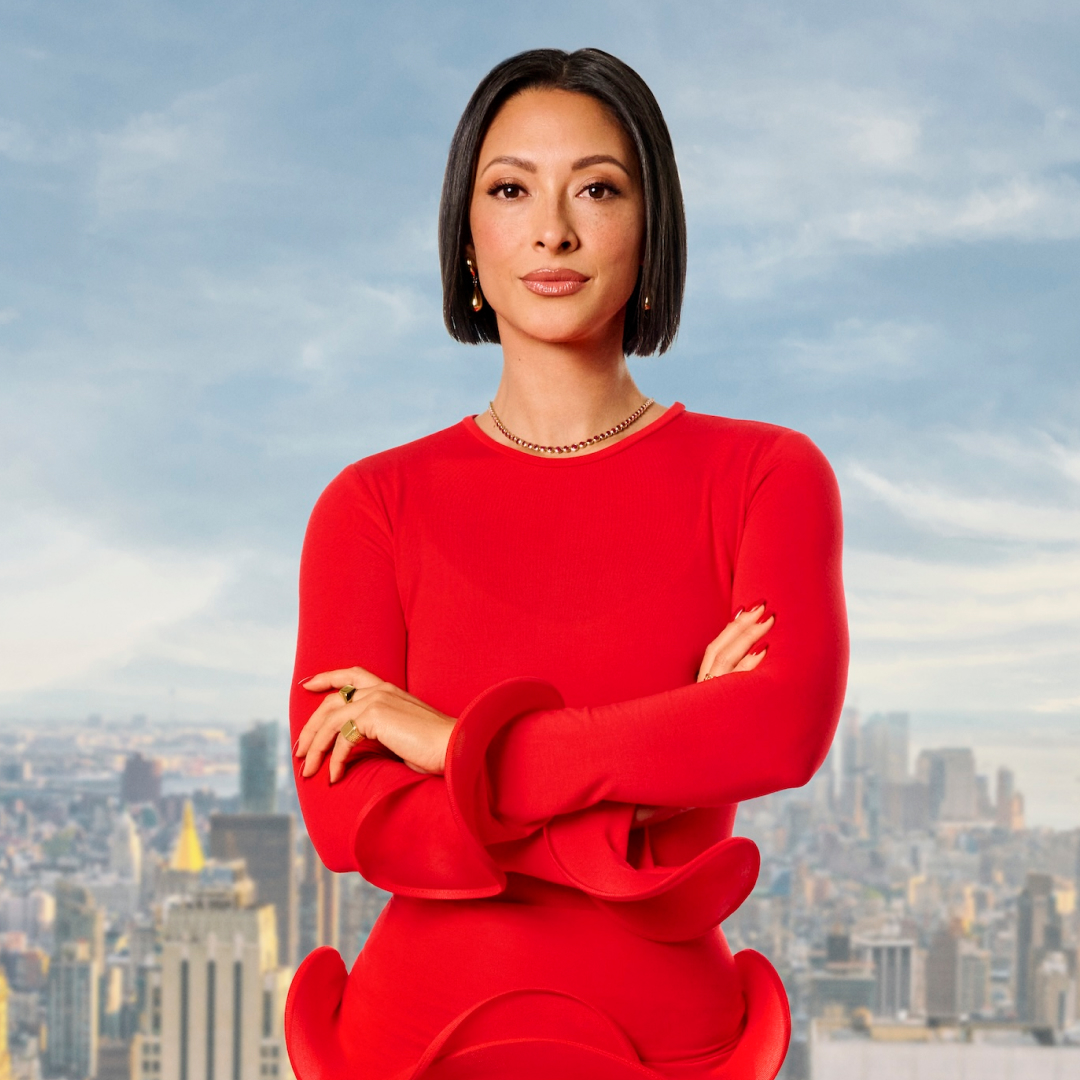 Meet 'Selling the City' Star Jordyn Taylor Braff: What to Know About Her Career Trajectory and Dating History
Meet 'Selling the City' Star Jordyn Taylor Braff: What to Know About Her Career Trajectory and Dating HistoryShe even had a surprising career path before joining Douglas Elliman.
By Quinci LeGardye
-
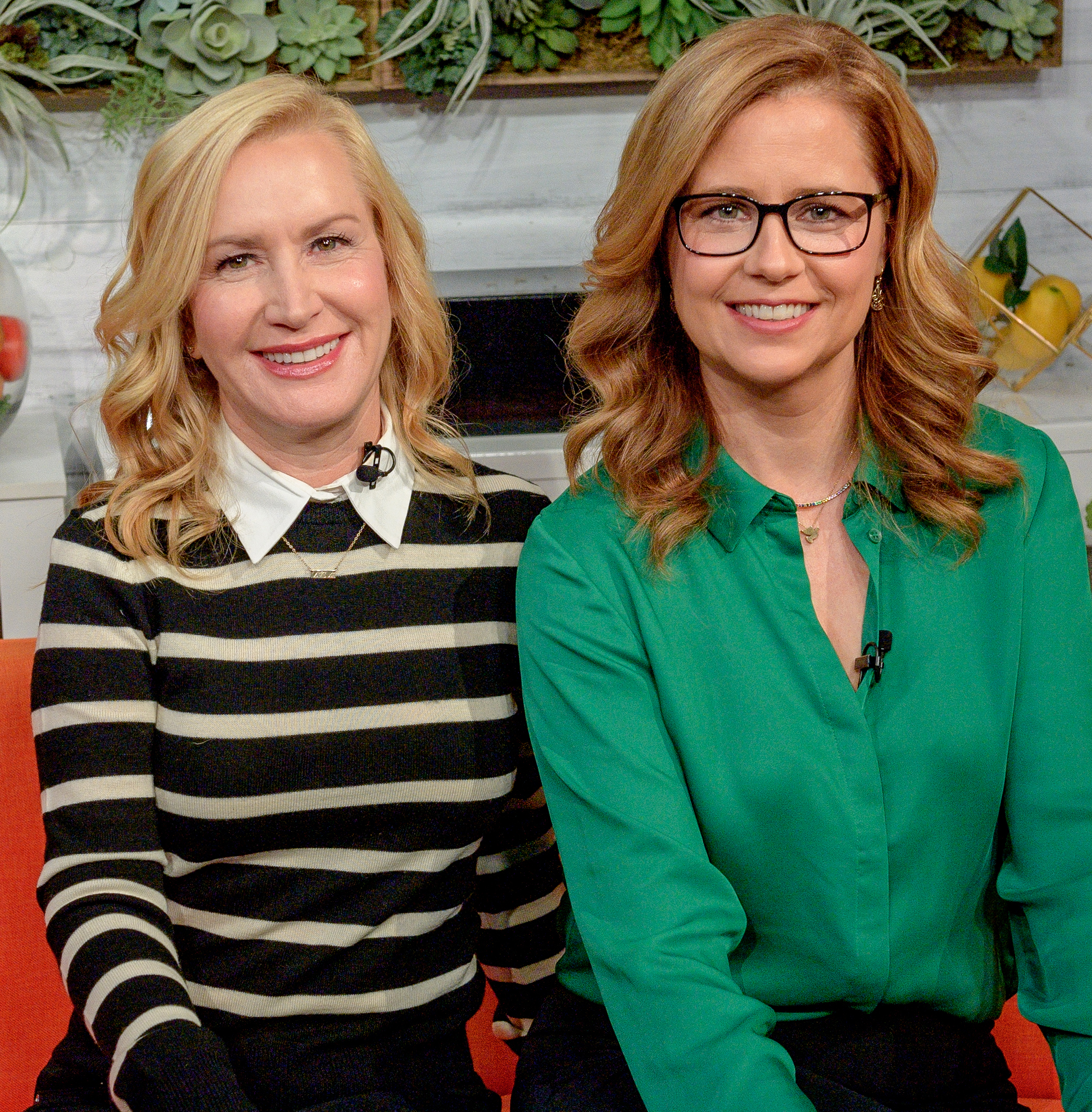 32 Celebrity Podcasts Worth Listening To
32 Celebrity Podcasts Worth Listening ToGrab some headphones and tune in.
By Katherine J. Igoe
-
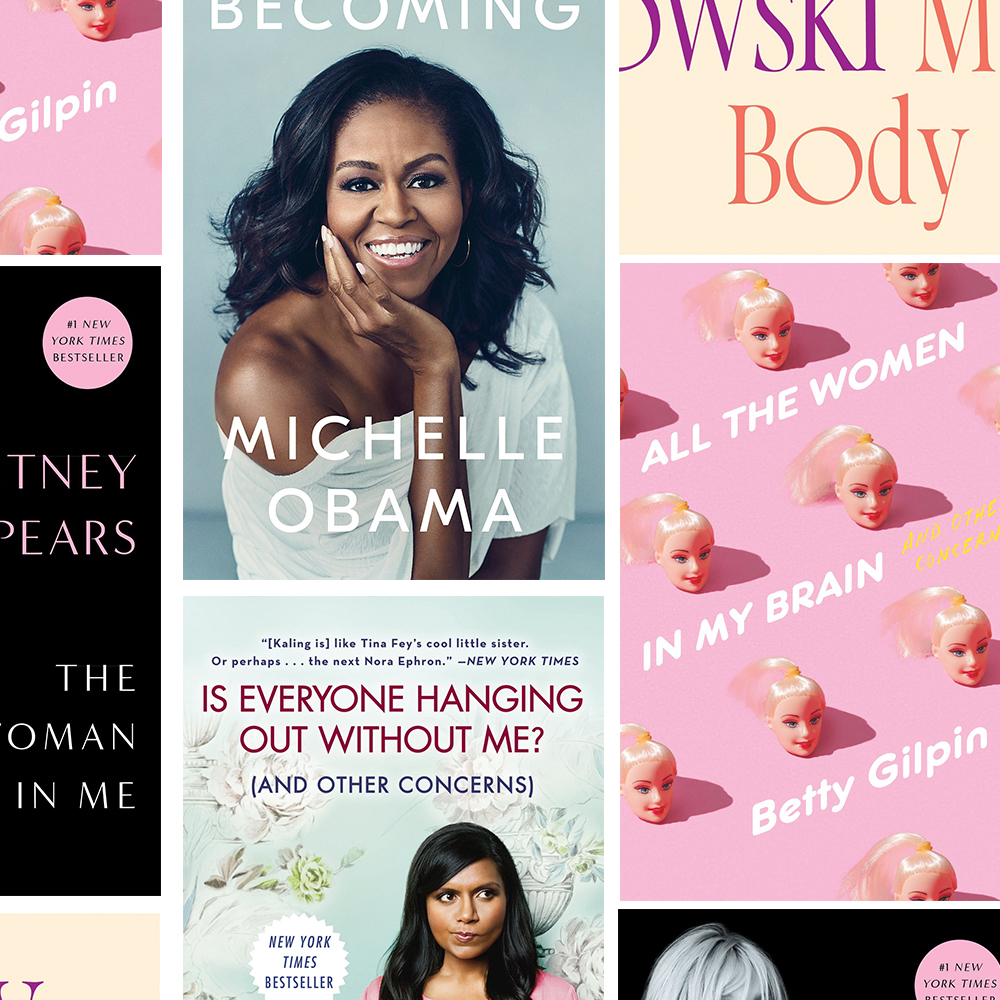 The 30 Celebrity Memoirs That Are Actually Worth Reading
The 30 Celebrity Memoirs That Are Actually Worth ReadingBritney Spears, Demi Moore, Jessica Simpson, and more drop some serious bombshells in these pages.
By Andrea Park
-
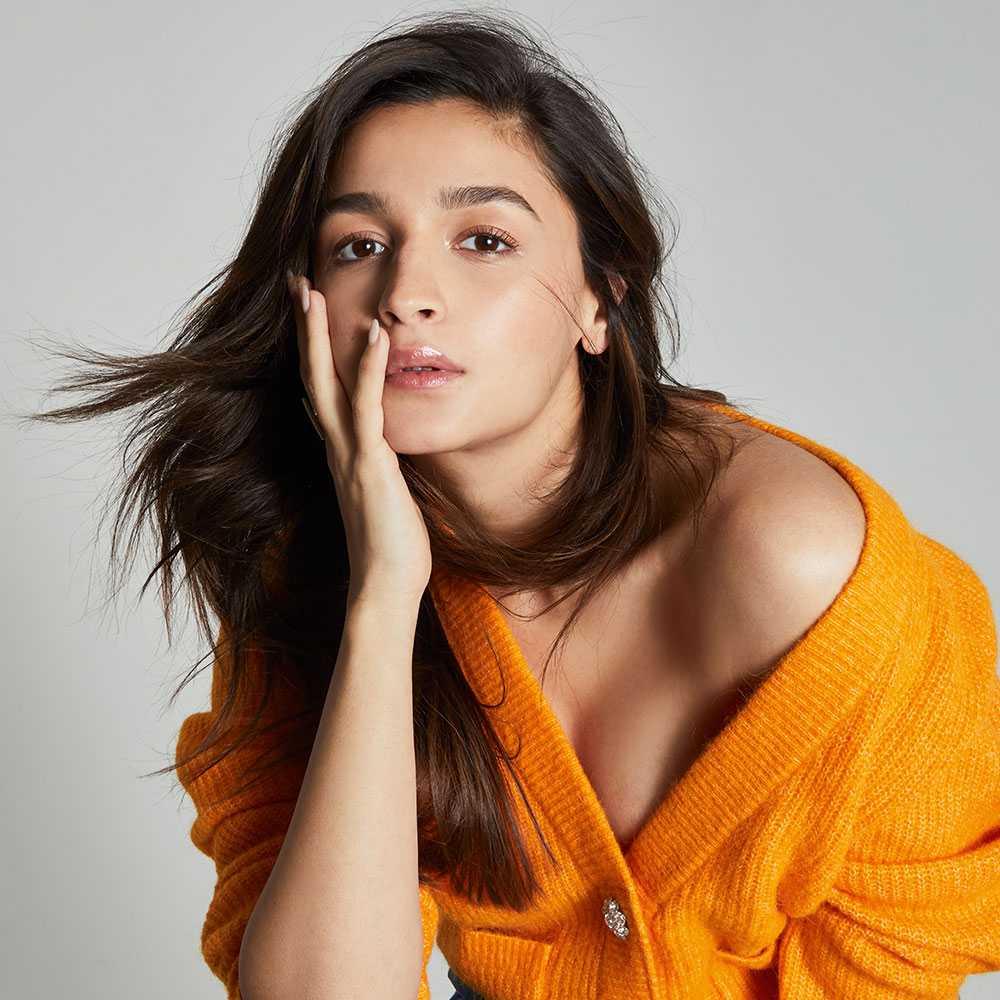 The Unstoppable Alia Bhatt
The Unstoppable Alia BhattBollywood’s silver-screen darling is both at the top of her game and just getting started.
By Neha Prakash
-
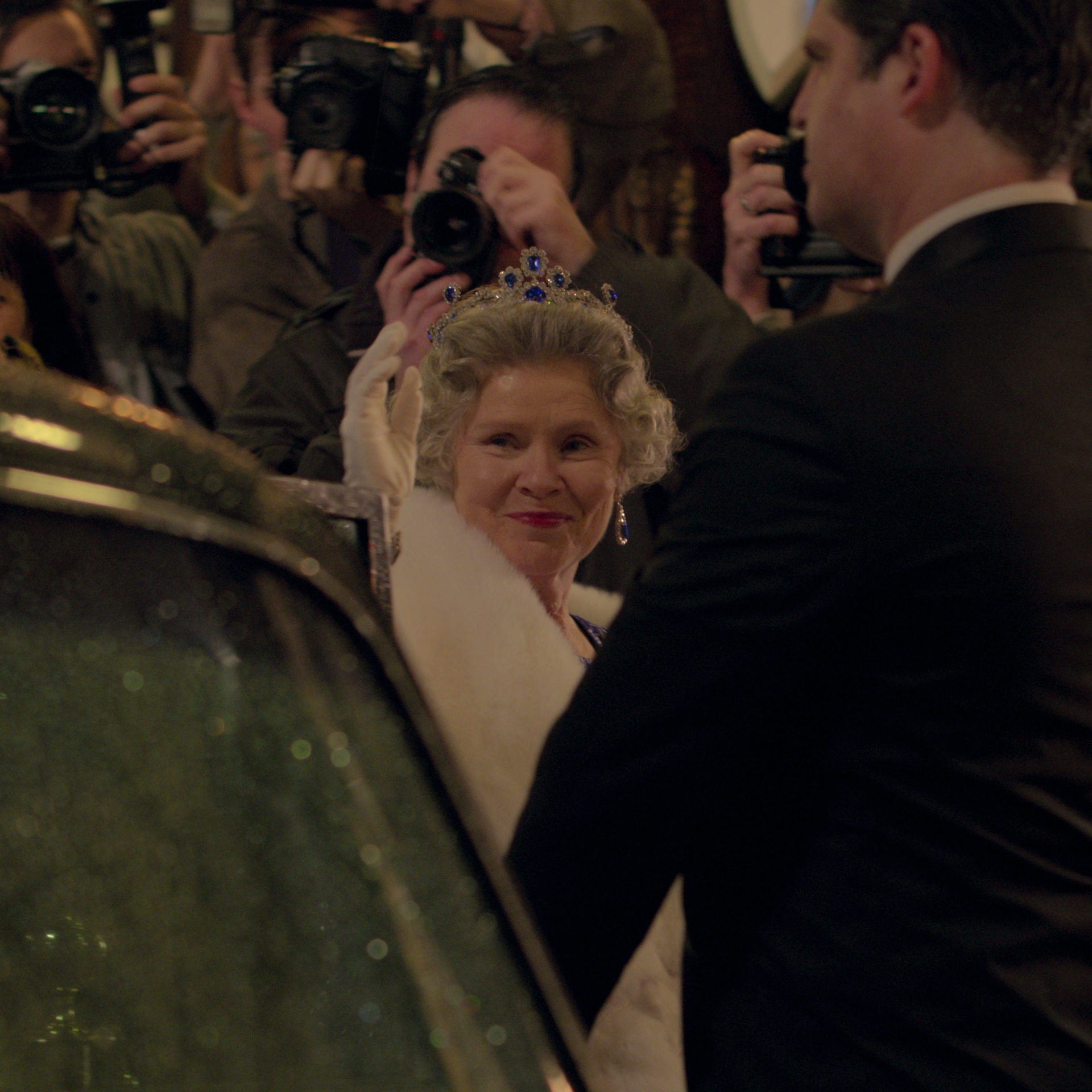 The Cast of 'The Crown' Season 5: Your Guide
The Cast of 'The Crown' Season 5: Your GuideFeatures The Mountbatten-Windsors have been recast—again.
By Andrea Park
-
 Who Is Hasnat Khan, Princess Diana’s Boyfriend on Season 5 of ‘The Crown’?
Who Is Hasnat Khan, Princess Diana’s Boyfriend on Season 5 of ‘The Crown’?Features Di’s friends have said she referred to the doctor as \201cthe love of her life.\201d
By Andrea Park
-
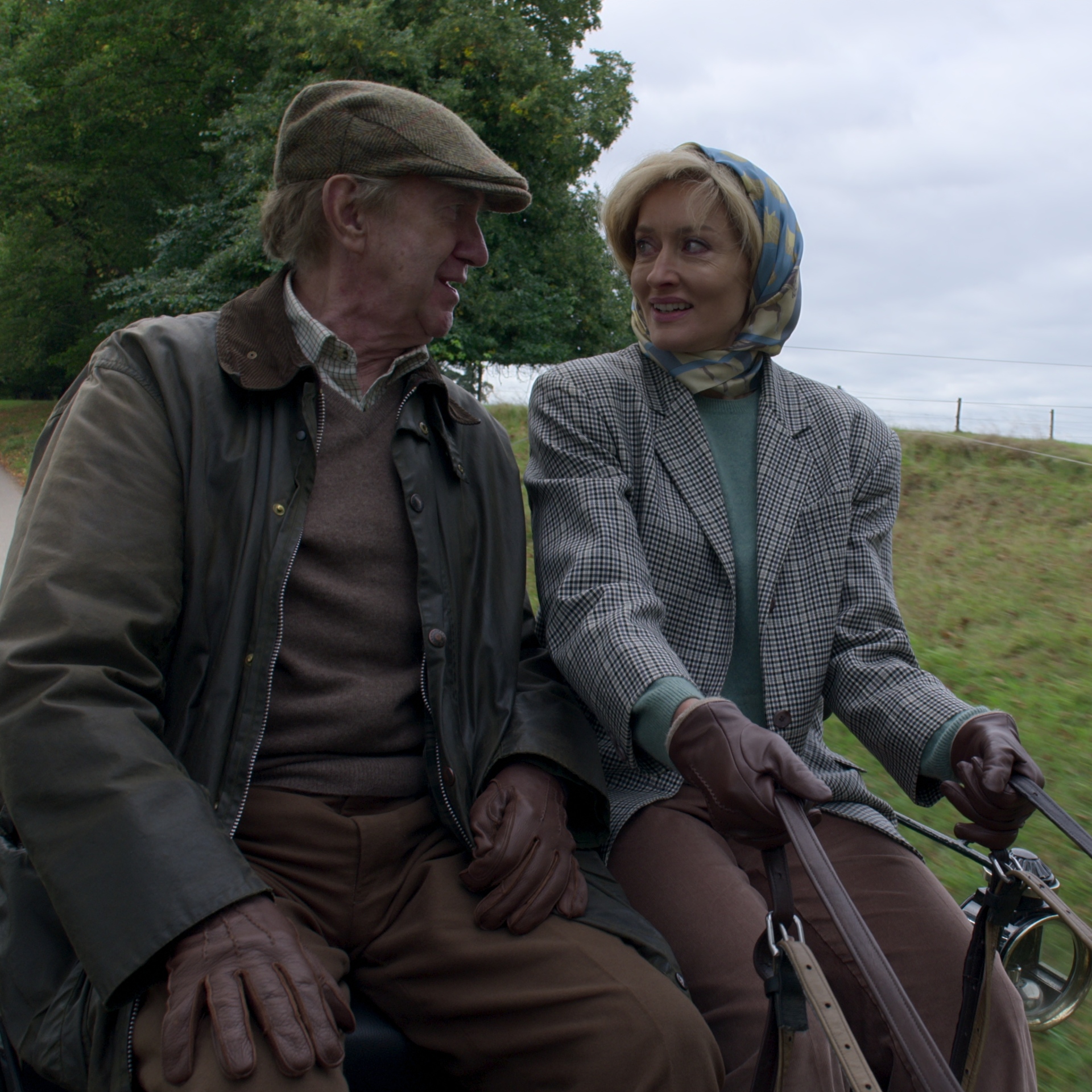 Who Is Penelope "Penny" Knatchbull?
Who Is Penelope "Penny" Knatchbull?Features She and Prince Philip strike up an unlikely friendship throughout the fifth season of 'The Crown.'
By Andrea Park